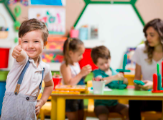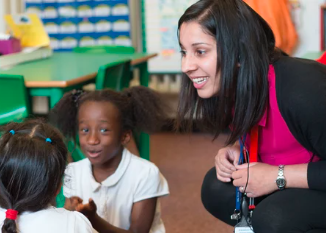Every child is unique, with their own blend of interests, strengths, and challenges. Recognizing and supporting these individual needs is an essential part of early childhood education. When caregivers and educators take the time to understand what makes each child special, they can create learning environments that are nurturing, inclusive, and developmentally appropriate.
Why Individual Needs Matter
Children grow and learn at different rates. While one child may show a keen interest in art, another may thrive in outdoor exploration. Some children are naturally talkative, while others take time to warm up. Respecting these differences helps build a strong foundation of trust and encourages children to feel valued and confident in who they are.
Areas of Individual Differences
-
Learning Styles – Some children learn best through visuals, while others prefer hands-on activities or listening.
-
Emotional Needs – Each child has their own way of expressing feelings. Observing how they respond to various situations helps in offering the right support.
-
Cultural Backgrounds – A child’s home life, traditions, and languages contribute significantly to their learning journey.
-
Developmental Levels – Even within the same age group, children may display different levels of physical, cognitive, or social development.
Creating a Supportive Environment
To meet individual needs effectively, early educators can:
-
Observe carefully: Noticing how children interact, play, and react offers valuable insight.
-
Communicate with families: Parents and guardians are the best source of information about their child’s personality and preferences.
-
Offer choices: Letting children pick from various activities empowers them and caters to diverse interests.
-
Use flexible teaching strategies: Adapting lessons to accommodate different learners ensures every child has a chance to succeed.
Encouraging Every Child’s Potential
Meeting individual needs is not about labeling or comparing—it’s about celebrating differences and helping each child grow at their own pace. A classroom that honors individuality becomes a place where children feel safe to explore, express, and engage with the world around them.


